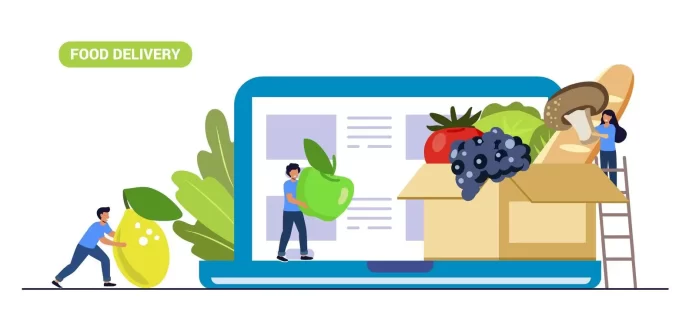In recent months, the food and beverage market and consumers have faced a rise in the price of food and inputs for industrial production. This increase was driven by several factors, including rising fuel costs, climate change, and unforeseen weather conditions that affected crops in 2022. It is worth noting that these challenges were not limited to Brazil alone. In the United States, the index that calculates the prices of the American economy reached the mark of 7.7% in the 12 months ending in October, which represents the highest rate in almost 40 years. As a result, it is possible to predict that the scenario of rising prices will continue to impact the food sector in 2023.
Additionally, consumers have become more aware of their health, and the search for healthier foods has become essential in their routine. This behavioral change has placed greater demands on food companies to understand customer preferences and demands, and the pressure for quality and food safety is increasing.
All these factors will continue to concern companies in the sector and will be decisive for the success or failure of organizations in 2023. To tackle complex scenarios like this, investment in cutting-edge technologies to modernize manufacturing processes and optimize the operation of the supply chain is necessary. Below we list the main trends for the food and beverage industry in 2023.
Supply Chain Agility:
The only certainty we have for the supply chain is an unpredictable future. Coupled with price inflation and other external factors such as geopolitical tensions and global chip shortages, the food and beverage supply chain needs planning agility to spot problems quickly and meet demand efficiently.
In 2023, companies in the segment should diversify their options for raw materials and suppliers to compensate for possible interruptions in supply. Companies will need to meet demand as accurately as possible to ensure smooth operations and customer satisfaction.
Manufacturing Automation:
Given the pressure to meet high demand for products, food and beverage organizations will need to invest in Industry 4.0 technologies to optimize their manufacturing processes. An example of this is the use of image recognition through machine learning (ML) so that robots can automate manual tasks such as sorting, cutting and slicing.
Rise of Artificial Intelligence:
Artificial intelligence (AI) and machine learning (ML) solutions, working in tandem with the cloud, will see greater adoption in many industry sectors, but it is in dairy that we will see the greatest rise of these technologies. AI solutions are able to provide valuable insights that help managers in decision-making, who now have an efficient tool to control the right amount of milk to be produced, avoiding waste and accumulation of the product in the properties.
Food Innovation:
Switching ingredients, buying from alternative suppliers, and reducing pack sizes will be strong trends in the coming year. Innovation applied to food production processes is an alternative for companies that want to stand out in the market, but it is also a way to contribute to the environment and consumer health.
Pressure for Sustainability:
As climate change becomes a more serious threat, and the pressure for sustainability increases, the food and beverage industry needs to consider strengthening relationships with local suppliers and relying on new technologies to reduce energy, water, and food waste.
As we have seen, these trends have been guiding the steps of the segment for some years now. However, with all the changes we have been experiencing in recent months, they will gain even more relevance in 2023. It will be essential for companies to align with these guidelines, not only to maintain high competitiveness but also to meet the needs and expectations of their customers.
Final Thoughts
The food and beverage sector faces numerous challenges in 2023, including rising prices, consumer demands for healthier options, and an unpredictable supply chain. To remain competitive, companies will need to embrace the trends discussed in this article, such as supply chain agility, manufacturing automation, the rise of AI and ML solutions, food innovation, and pressure for sustainability. The adoption of these trends will require investment in cutting-edge technologies, but the benefits in terms of efficiency, productivity, and customer satisfaction will undoubtedly make it worthwhile. Companies that fail to adapt to these trends may struggle to survive in an increasingly competitive market.



